My Great Decluttering Experiment: Part 4
Coming full circle: going big and stalling out but not giving up
I wish I could offer you a tidy ending to My Great Decluttering Experiment. (This is the last installment of a four-part series.) But that's not how life works.
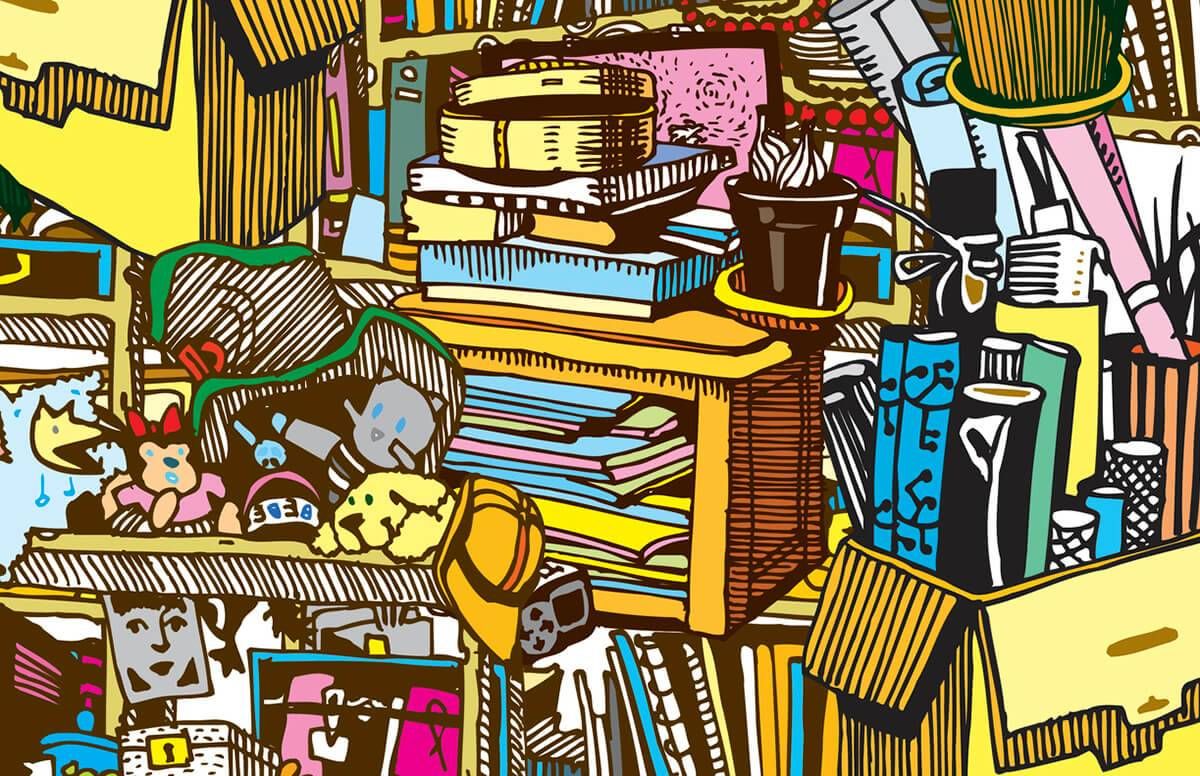
In the two months since I began my self-imposed four-week decluttering bootcamp, I've been waylaid by holidays, sickness and a death in the family.
My generous and supportive Auntie Pat was a fan of my decluttering series. She shared it on Facebook with her characteristic enthusiasm: "What a great piece, dear niece. You are such a genius with words and ideas. We need more!!! Love!" Her death a month later came as a shock.
On the day of her memorial service, as I drove three hours to be with family I don't see often enough, I thought a lot about life's ups and downs. I thought about goodbyes. And perhaps because I had by now logged nearly 50 hours of listening to decluttering audiobooks, I thought about decluttering.
My car, after all, was packed with stuff I had been intending to take to Goodwill for weeks now. After a great start on decluttering, I had stalled out.
When we got a flat tire on the Interstate on the way home, I had to move all the accumulated clutter aside so the tow-truck driver could reach the spare tire. It was 9 p.m., we hadn't had dinner, and once again, my stuff was getting in the way.
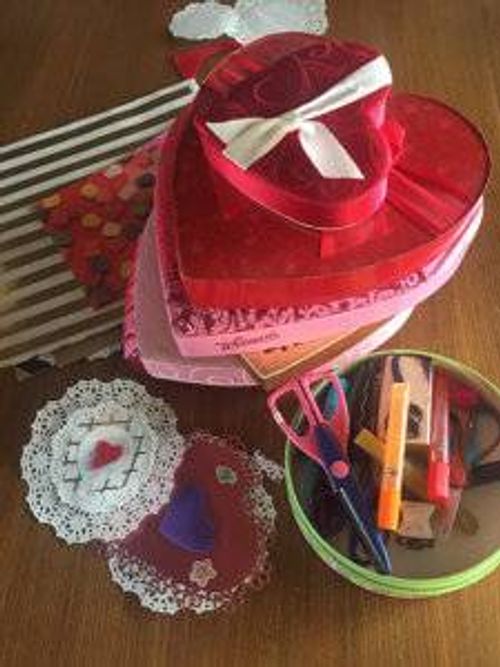
Under Pressure
In the first installment of this series, I noted that listening to Marie Kondo's audiobook, The Life-Changing Magic of Tidying Up, had changed my mindset. In the second, I wrote about how focusing on my own behavior had inspired my family members to step in line — something that Ruth Soukup, author of Unstuffed, had also discovered. My third story was about the gifts of abundance and generosity that go hand-in-hand with decluttering, a point Josh Becker expounds on in The More of Less.
By Part 4, I wondered what else anyone could possibly have to say about decluttering. I had listened to The More of Less. Twice. And according to at least one Facebook commenter, that was probably two times too many. And here I was facing The Joy of Less by Francine Jay — another minimalist — who had managed to come up with 34 chapters' worth of things to say about decluttering.
But there was no backing out now. I was committed. I took a deep breath, tucked my smartphone into my sports bra, put in my earbuds and went about the work of decluttering. Again.
At this point, I was feeling good about what I had accomplished — and I had mentally adjusted my timeline. All the authors had made it clear that this life-changing magic of decluttering was a slow-burning kind of magic. Reclaiming my space was going to take a good six months, no Bibbidi-Bobbidi-Boo-ing about it.
And as it turned out, Jay did have new insights. Go figure!
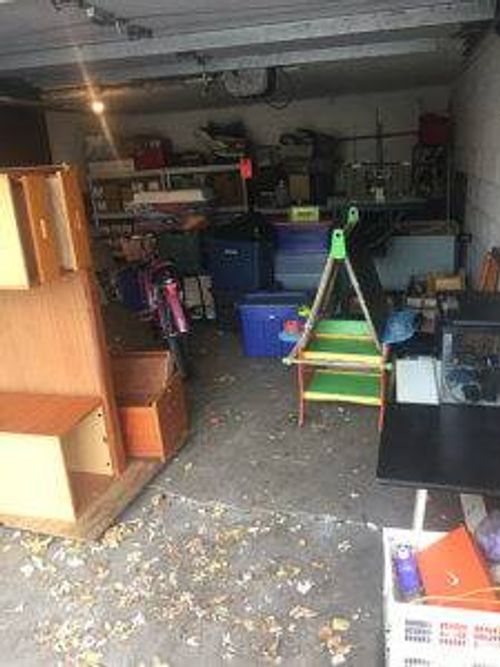
I Want to Break Free
She lured me in, not with a personal story about being overwhelmed by too much stuff, but with a compelling case for the value of space.
Space is more valuable than stuff, brimming with possibilities, she whispered in my ear. We ignore it because it's invisible, but it's as essential as air. Why wouldn't you want more space, she queried. Remember when you first moved into your space? Remember when you had far less stuff? Weren't you happier, freer, more fun?
Why, yes, I answered, Yes, I was! (I was also a lot younger and had fewer responsibilities, but it was easy to push that pesky thought aside. I wanted what she was selling.)
She painted a picture: If you want coffee, you need an empty cup. If you want to dance, you need an open floor. If you want a candlelit dinner, you need a clear table.
I looked around at all the stuff I had not yet decluttered, mountains of it. It's a trap, I thought, gross, a hairy clog in the drain of life! OK, bad analogy, but I wanted it out. All of it. And then, before I knew it, like an American Marie Kondo souped-up on steroids, Jay gave me what I craved: a go-big or go-home approach to decluttering that was much more constructive than the burn-it-to-the-ground-and-start-over fantasies I usually enjoyed when I was feeling this way.
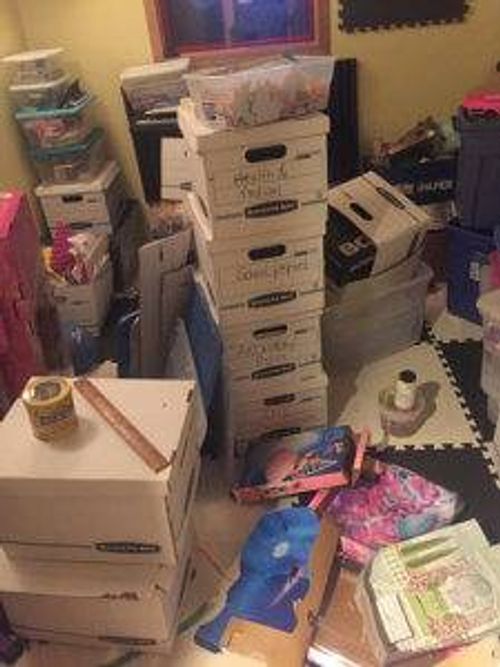
Decluttering Up: Don't Stop Me Now
She offered a step-by-step, room-by-room guide to decluttering that encourages would-be minimalists to start by clearing out the big stuff: furniture.
Out went the coffee table with the wobbly leg. Out went the easel. Out went random chairs. Out went the giant old TV in need of repair. In came a pint-sized new television and a wall mount. Now the bulky, gouged TV stand could go, too.
I was on a roll. I started on my bedroom, which had become a makeshift storage area. I began bringing things downstairs in the living area to sort. And then everyone in our house got sick, missing school and work, needing more sleep and creating the garbage of sickness: bags filled with cough-drop wrappers, prescription slips and used tissues.
There was homework to be made up and tea to be steeped and medicine to be administered. Decluttering had to take a back seat. Sadly, my trunk was full of stuff for Goodwill and my living room was filled with a river of boxes I had to stop sorting midstream. I felt like I was back where I started.
But I wasn't, of course. I had made progress. I just needed to pace myself and focus on what's important. My auntie's memorial service was a good reminder of that. We spent the day remembering her — in particular her love for family, for wounded animals and for strangers visiting from far away. She always managed to create space and time in her home for them. Her stuff didn't matter.
In her book, Jay challenges readers/listeners to think about how they want to be remembered. Do you want to be remembered as someone who collected old calendars?, she asks. Do you want to leave behind a sea of stuff that's a burden to your loved ones?
Not me. My Great Decluttering Experiment is over. But My Great Decluttered Life has just begun.
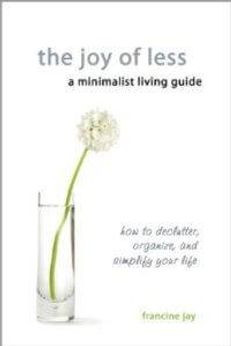
The Fourth Book: The Joy of Less
Big idea: When you get rid of stuff, you get something more valuable: space.
Eye-roll factor: Like all the other decluttering gurus, Jay disses gifts, hobbies and fashion and beauty products. Sorry, folks, these are a few of my favorite things. She may think that it's ridiculous to have more than one pair of scissors, but when you're a homemade-valentine, Halloween-costume, diorama-constructing family, one is not nearly enough. Not even close.
Shrug factor: While other decluttering experts discourage the buying of organizers as another form of consumerist clutter, Jay repeatedly recommends clear storage bins.
Then again: Despite her disdain for things I love, she emphasizes that it's up to each person to match their minimalism to their lifestyle. And her storage ideas are simple and make sense.
Big takeaways: Jay's straightforward approach to decluttering, storage and a minimalist lifestyle is practical and easy to implement.
Here are some of her big ideas:
- Getting rid of big items, such as furniture, is a great way to kick-start your decluttering.
- Go room by room with bags and boxes, sorting everything into trash, treasure and transfer piles. Ditch the trash. Keep your treasures and display them properly. Transfer other items to their rightful owner or someone who could use them.
- Create limits of both size and number for everything you own. Then practice the one-in, one-out rule.
- Practice keeping every surface clear by doing a daily sweep. This means all tables, all desks and even the floor.
- Clutter attracts clutter.
- Clutter becomes invisible. Leave your house. When you return, look at it with fresh eyes. Really look, note how you feel and decide if you like what you see.
- Store things by frequency of use. Things you use daily should be close at hand. Things you use yearly can go in deep storage in the garage or basement. Those in the middle can go harder-to-reach shelves and drawers.

